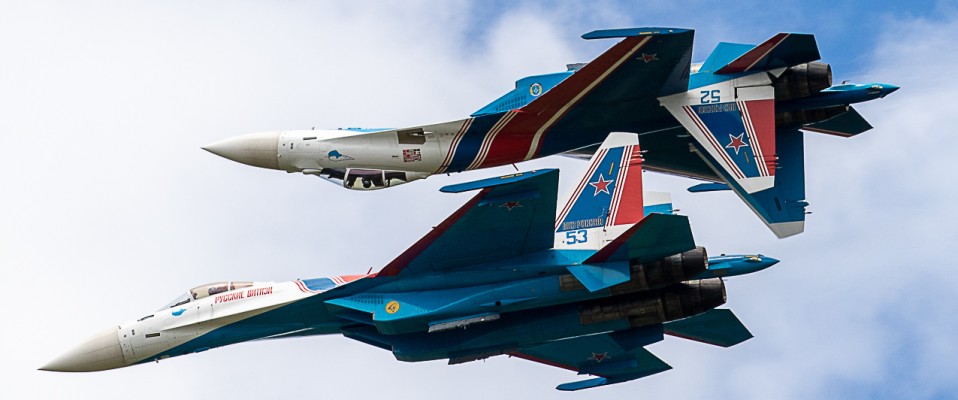LIMA 2025
Report and photos by Gabriele Rivera
August 24, 2025
The geopolitical situation in Southeast Asia is extremely complex: China, widely considered the elephant in the room, has significantly increased its assertiveness, with constant posturing and provocations regarding border issues and the exploitation of marine and mineral resources, transforming the South China Sea into a highly tense theater. Obviously, none of the other states in the region can even begin to consider resolving the dispute with Beijing through military means, yet the defense market has seen substantial increases in procurement and modernization programs for various national armed forces in recent years. Furthermore, within ASEAN (Association of Southeast Asian Nations), efforts are underway to coordinate diplomatic responses to its overbearing neighbor, as well as to resolve the issues that naturally arise between the association’s various member countries.
And it is against this backdrop that the Langkawi International Maritime and Aerospace Exhibition (LIMA), now in its 17th edition, takes place. The first was held in 1991, and since then, the island of Langkawi, Malaysia, has hosted it every two years. It is considered one of the most important, if not the most important, industry event in the Southeast Asia and Pacific region. The 2025 edition saw the participation of 860 exhibitors from 24 countries and over 450,000 visitors. Over the five days (May 20-24), the exhibition space at the Mahsuri International Exhibition Centre (MIEC), strategically located next to the island’s international airport, was extensive, as were the static displays of aircraft from as far away as Italy, Germany, and Canada.

The first three days, reserved for industry professionals, included conferences, announcements of memorandums of understanding (MoUs), and various panels. A program of dynamic displays featuring some of the 43 aircraft present at the show was also scheduled. The final two days, dedicated to the public, saw the flight program repeated in the afternoon. Naturally, in addition to paying visitors, a large crowd of photographers could be seen all around the airport perimeter, mingling with the many local families who had gathered to enjoy this exceptional spectacle.

In addition to the aeronautical component, maritime demonstrations were held daily by various naval vessels (from RHIBs to patrol boats), which maneuvered in the waters off Resorts World Langkawi (RWL) alongside helicopters from various branches of the Malaysian Armed Forces. From the nearby pier, it was also possible to take tours aboard three naval vessels: a Malaysian frigate and two rotating vessels from the 31 participating in the show (including 12 from 10 guest navies).

The LIMA opening ceremony, in addition to the usual attendance of the country’s highest civil and military authorities and various foreign delegations, included an inaugural air parade, carried out by 23 aircraft from the Royal Malaysian Air Force (RMAF). The parade was led by two Sukhoi Su-30MKM Flankers, followed by three Boeing F/A-18D Hornets and six Pilatus PC-7 Turbo Trainers. The transport section was represented by two Airbus A-400M Atlases and two Lockheed C-130H Hercules, while the helicopter section featured two Airbus EC-725 Caracals, three Leonardo AW-139s, and three Airbus EC-120B Colibris. A few minutes later, the PACAF (Pacific Air Force) performed a salute with a Hornet and a Growler. In addition to this pleasant gesture, two Hornets, a Hercules, and a Seahawk were present throughout the show.

The first two days were marked by the visit of Malaysian Prime Minister Anwar bin Ibrahim and Defense Minister Mohamed Khaled bin Nordin. On Wednesday, great excitement greeted the arrival of the sovereign, Sultan Ibrahim ibn Sultan Iskandar, who landed on a Gulfstream G650ER, the aircraft dedicated to transporting the royal family. Among the stands inside the large MIEC pavilion, we find many prominent names in the global military industry; in addition to industrial exhibitors, there were also institutional stands from various countries (including Australia, France, India, Iran, Italy, and the Netherlands), as well as those of the Malaysian Armed Forces and various State bodies (police, customs, and firefighters).

Italy participated with conviction, with two heavyweights, Leonardo and Fincantieri, present. Leonardo, through its subsidiary AgustaWestland, has long counted Malaysia among its customers, having supplied several fairly recent-generation helicopters, such as the AW139 (used by the RMAF, the Tentera Laut Diraja Malaysia (naval forces), as well as the police and the Bomba (Maritime Fire and Rescue Dept.) as well as several AW189s (Maritime Enforcement Agency and Bomba). Furthermore, a recently signed 15-year contract will allow the Malaysian armed forces and government agencies to acquire 28 AW149s.
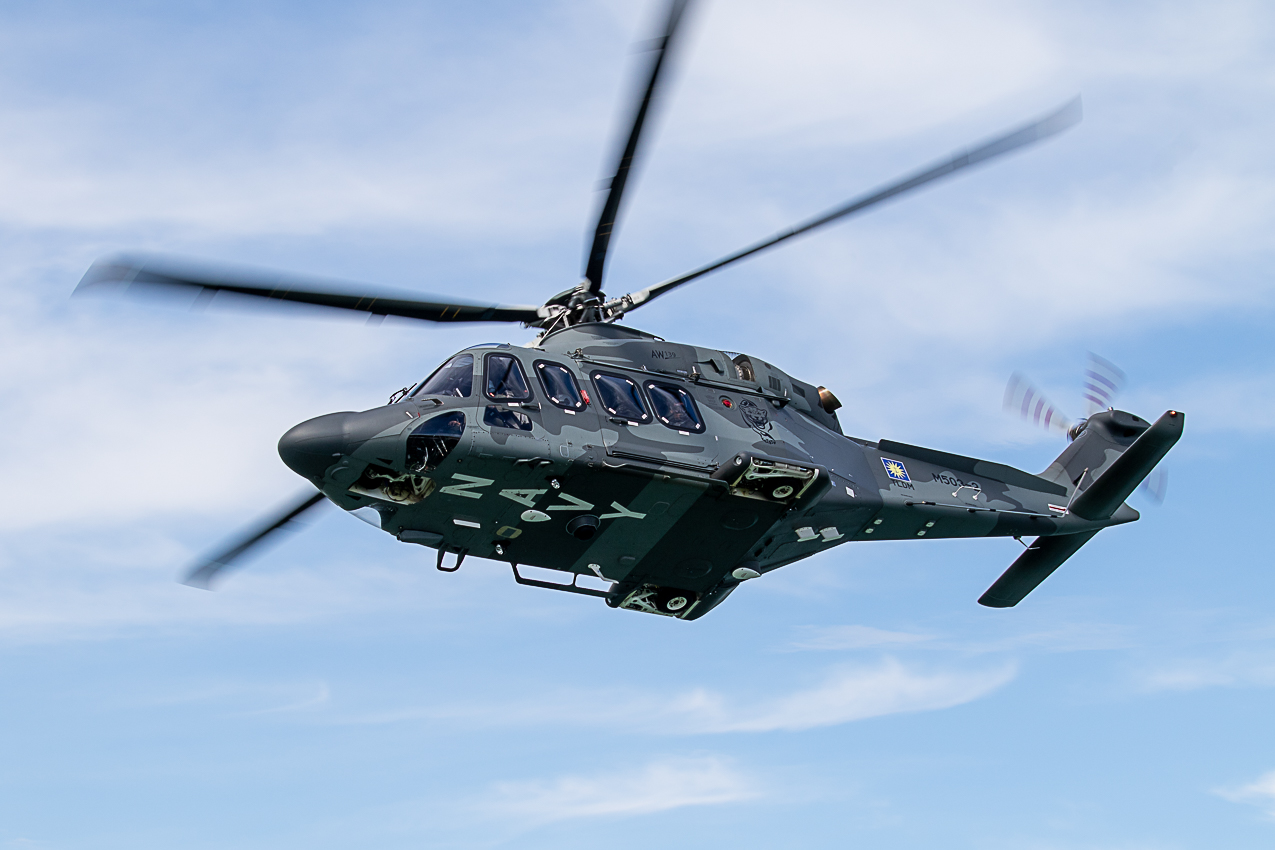
Another aircraft being delivered to Malaysia (scheduled for late 2026) is the ATR-72MPA maritime patrol aircraft, of which one was on display in service with the Italian Air Force, based in Sigonella, Sicily. The island-to-island transfer flight lasted several days, including technical stops (as well as public relations opportunities) in Egypt, the United Arab Emirates, and India. The configuration requested by Malaysia for the two aircraft ordered is expected to emphasize ASW capability, a feature not currently fully implemented on the aircraft currently in service in Italy. The core of the mission system will be the ATOS (Airborne Tactical Observation and Surveillance), developed by Leonardo, based on the Seaspray 7300E AESA radar and the ULISSES (Ultra-Light SonicS Enhanced System) acoustic sensor system.
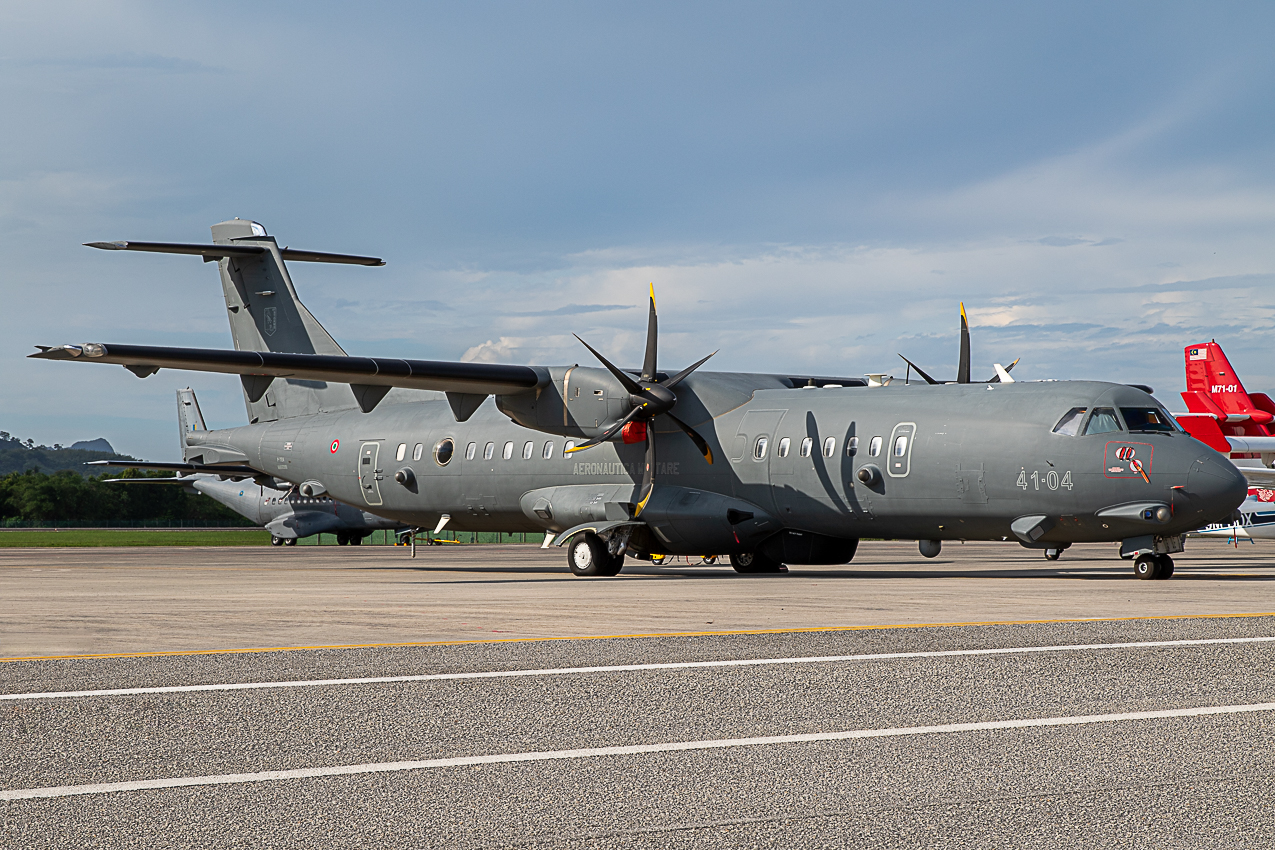
The Fincantieri stand was characterized by continuous visits from delegations present; the company, the leading European player in the sector, has already supplied the Malaysian Navy with four Laksamana-class corvettes, one of which, the Hang Nadim, was moored near the RWL along with other Malaysian and other navies’ vessels present at the show. Here too, the presence of an Italian Navy frigate, the FREMM-class Antonio Marceglia, is certainly attributable to the desire, in addition to maintaining cordial relations with the Malaysian counterpart, to provide first-hand experience of one of the group’s flagship shipbuilding products.
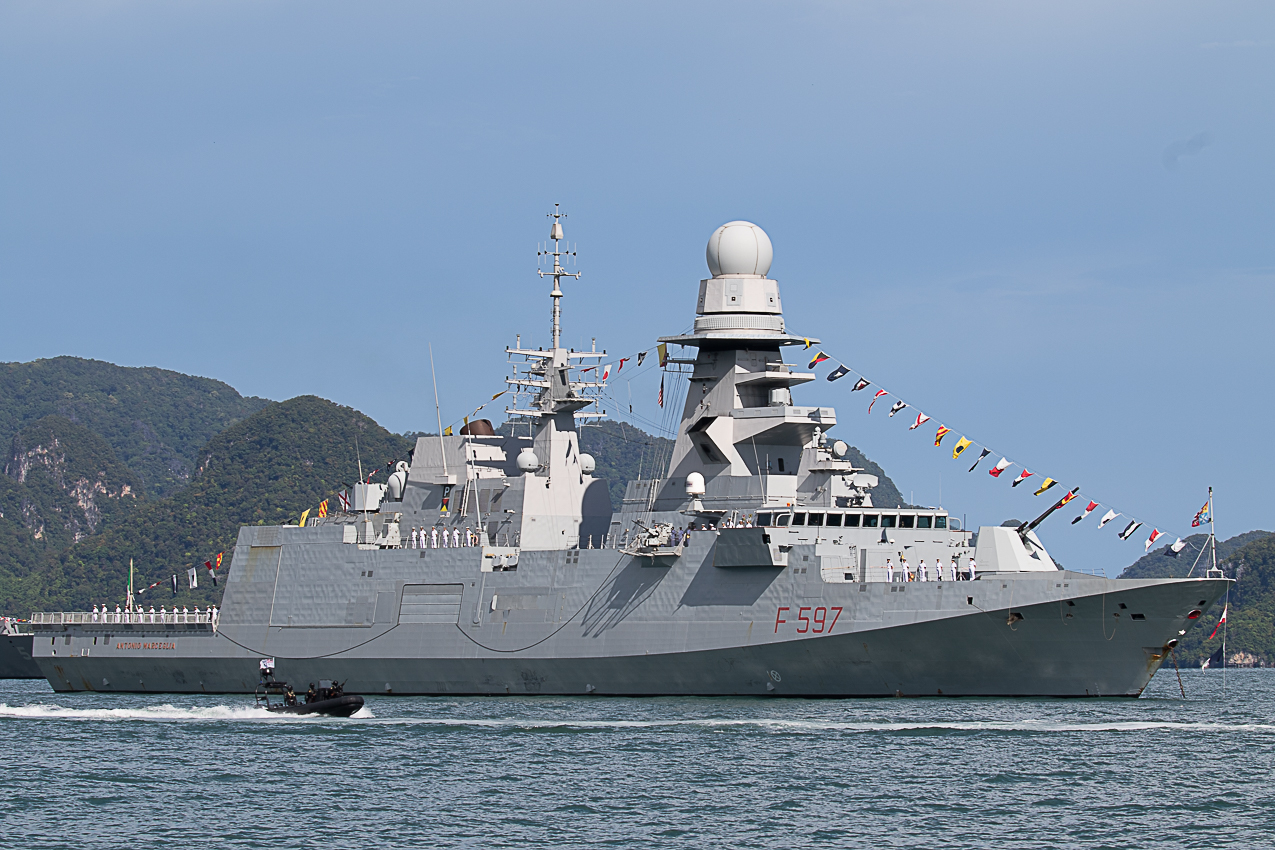
Exhibitors also included other European giants such as Airbus, MBDA, Thales, Diehl, and Kongsberg. Airbus is interested in both the military market, with the A400M and helicopters, already in service with various Malaysian military and civilian forces, and the civil transport market. The four A-400Ms in service with the Malaysian Air Force’s No. 22 Squadron (based in Subang) completed their first decade of operations in 2025, totaling 13,000 flight hours (making the RMAF the most active Atlas operator worldwide). Long the sole Atlas operator in the Indo-Pacific, Malaysia will soon be joined by Indonesia, which is expected to receive the first of two aircraft ordered by the end of the year.
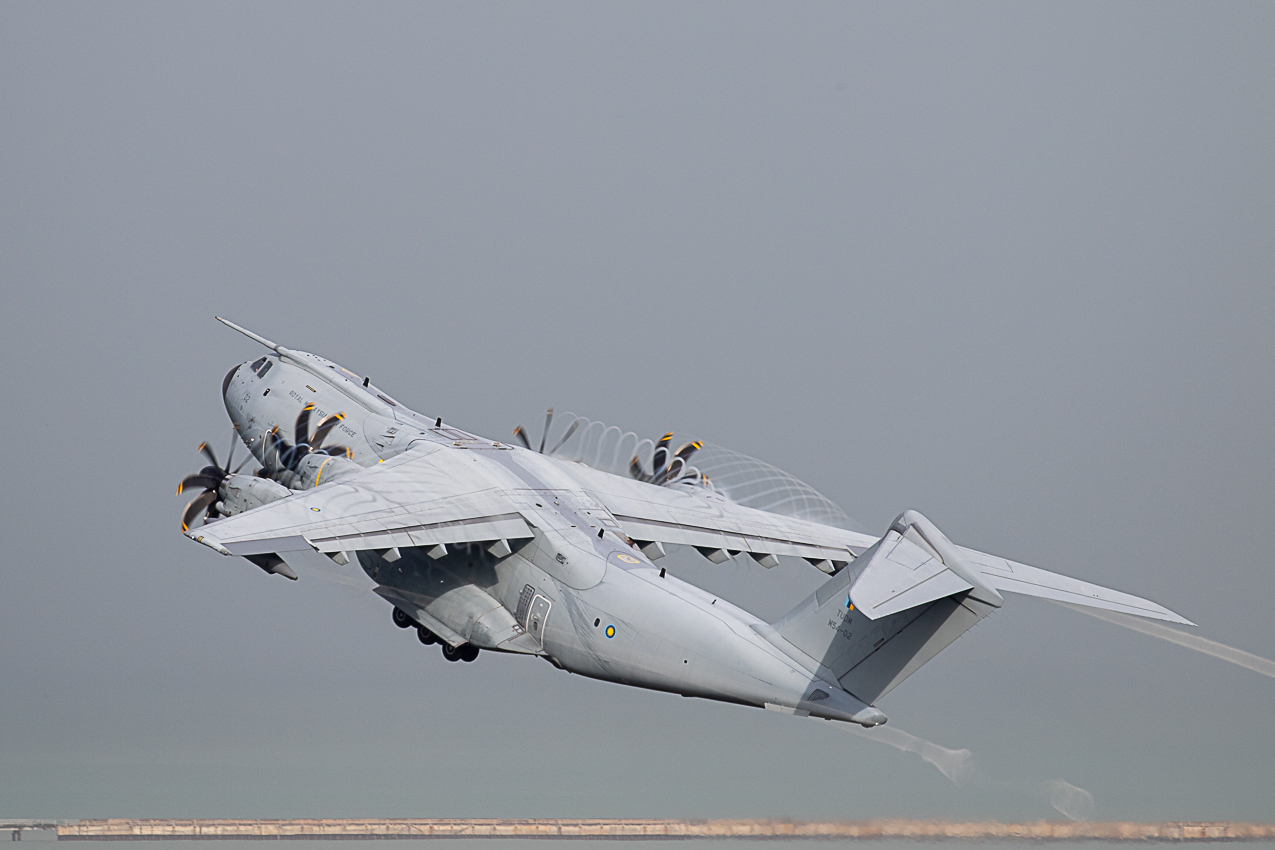
The European consortium is proposing to the RMAF to purchase the C295 to complement the four Atlas aircraft already in service; the C295, which operates in 36 countries, is already in service in the region with the air forces of Brunei, Indonesia, and the Philippines, as well as Bangladesh, India, and Thailand. Another Airbus product for which Malaysia is exploring potential interest is the A330 MRTT (Multi-role Tanker Transport), already in service with the Australian, South Korean, and Singapore air forces. Also on display at the stand was a mock-up of the A220, a narrow-body airliner, which Airbus is offering to Malaysian and Southeast Asian carriers.
At the MBDA stand, it was possible to get a good idea of the size ratios between the various missiles in the European consortium’s commercial offering, including the Meteor, a long-range air-to-air missile currently considered by many to be the best in its category. Diehl also displayed a mock-up of its most successful product, the IRIS-T, a short-range air-to-air missile compatible with various aircraft and exported to 12 countries, as well as the RBS15 Mk3 anti-ship missile, jointly developed with Saab from the previous Mk2, available in both ship-borne and vehicle-mounted versions for coastal defense systems. The IRIS-T is already in service with the Thai Air Force; the company is holding discussions with Korean Aerospace Industries to explore the possibility of integrating it with the KF-21 and FA-50. The missile is also used in the IRIS-T SLS (short-range) and SLM (medium-range) air defense systems; The latter is also in service with the Ukrainian armed forces and, according to operational data, is performing excellently in combat conditions, to the full satisfaction of the customer.


Kongsberg, an international group of Norwegian origin, is highly active in the maritime sector and produces the JSM (Joint Strike Missile) air-to-surface missile, an evolution of the NSM (Naval Strike Missile). The JSM is enjoying great interest among air forces equipped with the F-35, as it is currently the only missile in its class that can be housed inside the aircraft’s weapons bay, thus without compromising its renowned stealth characteristics. It goes without saying that a country like Malaysia, with its maritime trade footprint, represents an attractive market in several of the group’s sectors. Thales has signed a Memorandum of Understanding (MoU) for the supply of two Ground Master GM400α long-range air surveillance radars, adding to the one already contracted for 2023. A contract has also been concluded with the Malaysian police for the supply of a Full Flight Simulator for the AW139 helicopter.
Naturally, LIMA also featured exhibitors representing the interests of countries whose military industries have long been challenging the positions traditionally held by manufacturers in their respective sectors. One of these is undoubtedly Turkey, with a strong presence through Turkish Aerospace Industries, Aselsan, Roketsan, and TAIS. The excellent relations between the two countries should facilitate the Turkish military industry’s penetration of the Malaysian market and, concurrently, the regional market. The Turkish aviation industry has been making significant progress for years; TAI has highlighted its infrastructure, including the second-largest wind tunnel in Europe and the Radar Cross Section Test Facility, the fifth largest in the world.
In the aeronautical sector, testing of the HÜRJET supersonic trainer continues, while development of the KAAN fighter puts Turkey among the select few countries capable of designing and producing a fifth-generation fighter. In the helicopter segment, the offering is no less impressive; The T129 ATAK, a local evolution of the Italian Mangusta, has long been in service with the Turkish Armed Forces, as have the T625 GÖKBEY and the T70 utility helicopter. The UAV sector is notoriously cutting-edge; the success of the ANKA (of which the RMAF is expected to receive the first of three units ordered in 2023) and AKSUNGUR lays the foundation for an equally successful outcome with the new ANKA III, powered by turbofans and featuring a low radar signature. Worth noting is Roketsan’s attractive offering of missiles and bombs for virtually every need, including some, such as the MAM-T and MAM-T IIR, specifically designed for launch from UCAVs.

Of course, a review of the most notable exhibitors cannot ignore Chinese industries. CATIC had an internal stand in the central pavilion and an external chalet; The indoor pavilion displayed scale models of the company’s main products, ranging from the J-10CE and FC-31 fighters to the Y-9E and Y-20 transports, the Z-9ME helicopter, and more. Naturally, it’s hard to imagine any ASEAN country, given the various sources of tension with China, considering the purchase of defense products from a potential adversary.
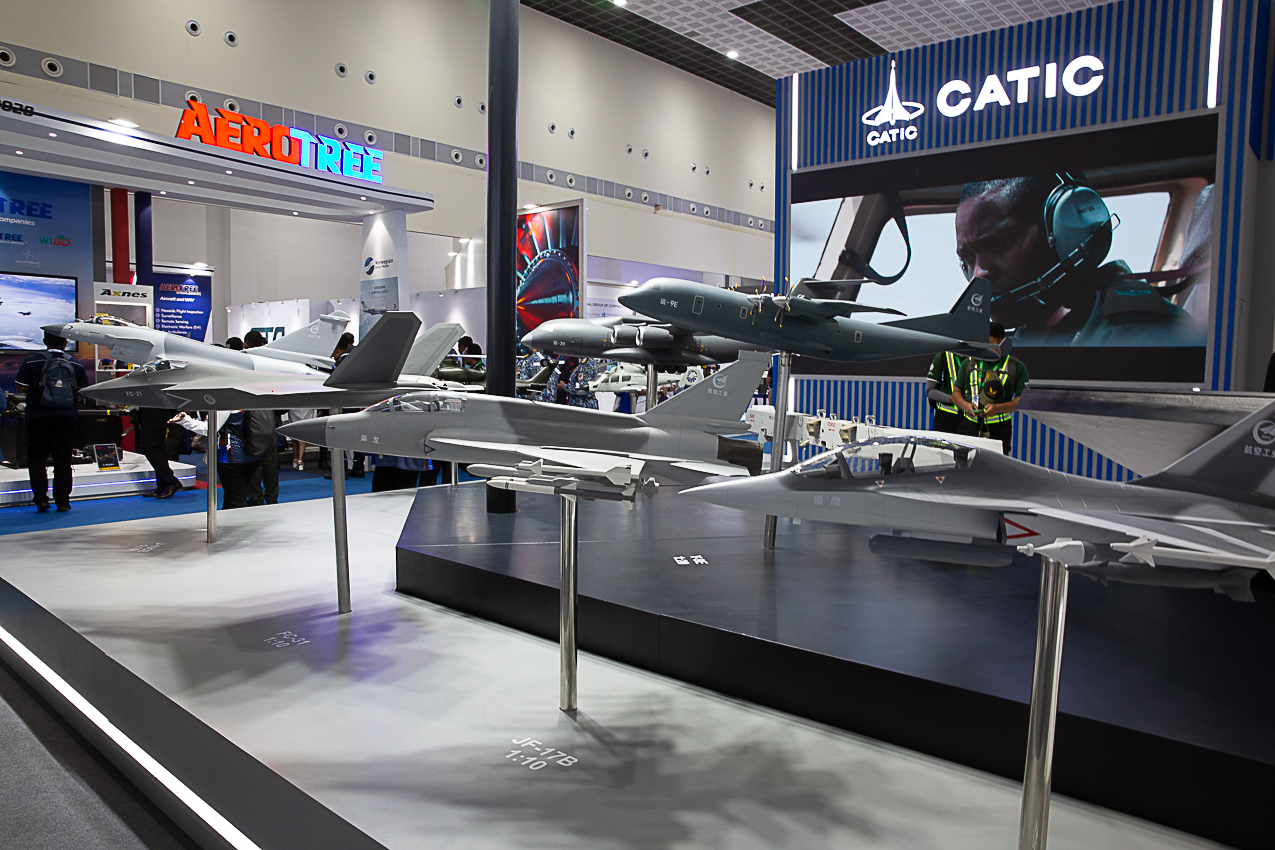
Remaining in the region, it’s worth mentioning the Indian pavilion, whose flagship product is likely the BrahMos missile, offered in all available launch solutions, from airborne to truck-mounted mobile coastal battery. The same considerations made for the JSM certainly apply to this interesting Indian product, at least from the perspective of potential interest from Malaysia.
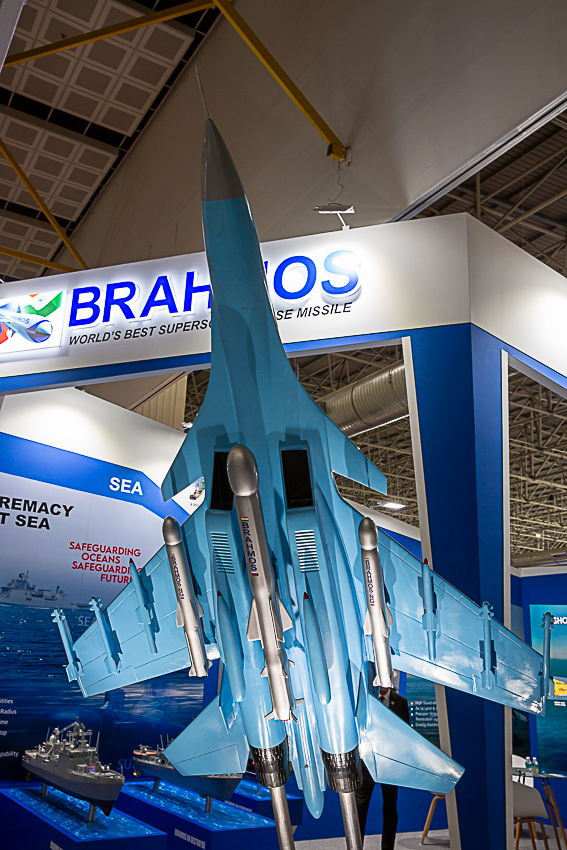
Another manufacturer with excellent potential to compete is the Korean company KAI; Following the successful sale of 18 FA-50s, sealed in 2023 and with deliveries starting in 2026, the company is likely to hope that the 18 options will be converted into orders, as well as the possibility that the RMAF will express interest in additional products. South Korea recently signed a letter of intent with the United Arab Emirates that will allow the Emirati Air Force to visit Korean units that will be equipped with the new KF-21 fighter and participate as an observer in exercises. No purchase intention has yet been made explicit, but it is clearly a concrete sign of interest.
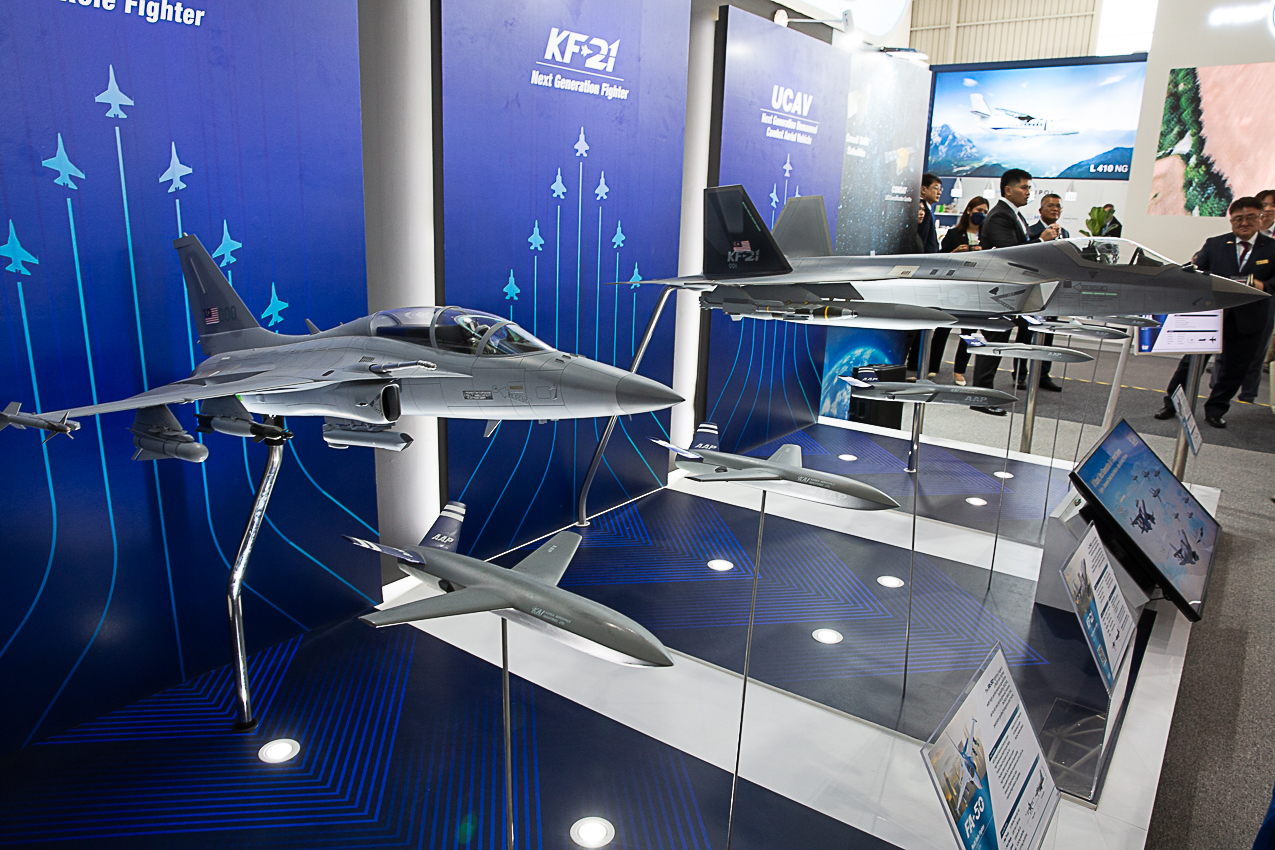
In the transportation sector, Embraer is present, bringing a KC-390 Millennium to the show. This aircraft is enjoying considerable market success, but is far from complete. Embraer has stated its intention to expand its footprint in the regional market, emphasizing the Millennium’s adaptability to the area’s diverse climates and its ability to operate from unpaved runways. The Brazilian company is already present in the region, having sold its A-29 Super Tucano to Indonesia and the Philippines.

We conclude this overview with the stands of a country that has had strong ties with Malaysia: Russia; Absent since 2019, it mandated Rosoboronexport to organize the participation of leading companies such as United Aircraft Corporation (UAC), Russian Helicopters, Roscosmos, and others (as well as the presence of the Russian Knights patrol, which took part in all flight demonstrations during the show, and two naval units in the maritime segment). Russia maintains contacts dating back to 1995 with the supply of 18 MiG-29N Fulcrums, followed by Sukhoi Su-30 MKMs and accompanied by several helicopters to the Malaysian Armed Forces, as well as air defense systems and equipment for the ground forces. The presence of a Sukhoi Su-57E Felon was considered certain in the days leading up to the show, but unfortunately (apparently due to last-minute issues related to overflight permits not being granted by some countries), the plane was represented solely by a scale model at the Rosoboronexport stand, shown together with the Sukhoi Su-75 Checkmate.

The monopoly on helicopter supplies to the Malaysian state lasted uninterrupted for nearly thirty years, until the arrival of Western offers from Leonardo and Airbus (a demonstration of this was the Mil Mi-17-1V in the bright Bomba colors on display). In recognition of these achievements, Russian Helicopters presented a commemorative plaque to a Malaysian delegation during a brief ceremony held in front of the company stand. In an effort to regain market share, scale models of the Kamov Ka-32A11M, the Mil Mi-171A3, and the Ansat were on display. The Ka-32A11M is offered in a firefighting configuration, with the new SP-32 dispenser capable of carrying 4,000 liters of water and 400 liters of extinguishing foam. The Kamov helicopter is also considered capable of meeting the challenges of flying over the Malaysian mountains to fight fires raging in the forests that cover them. The Mil-171A3, on the other hand, is designed to transport 24 passengers or 4 tons of cargo up to a range of 1,000 km, specifically designed to support operations on offshore oil platforms. The Ansat, on the other hand, is a lightweight helicopter with a spacious cabin and low operating costs, quickly configurable for cargo or passenger transport. An important feature for its use in tropical environments, it is certified to operate in temperatures up to 50°C.
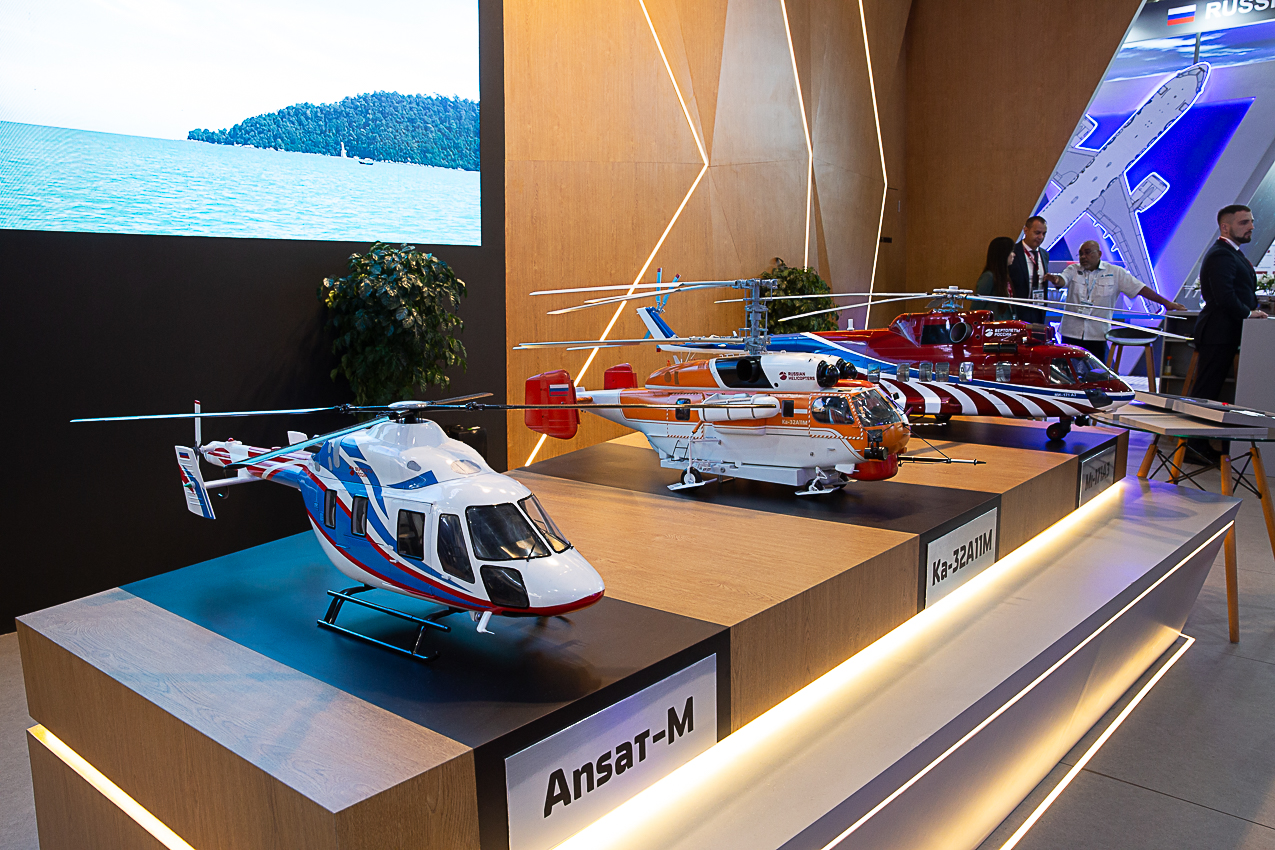
During LIMA, Malaysia awarded contracts worth $2.58 billion; presiding over the contract signing and document handover ceremony, Defense Minister Mohamed Khaled Nordin stated that the contracted funds will be spent to meet the country’s defense needs. Three types of documents were signed: 85 Letters of Agreement (LoA) or contracts, two Letters of Intent (LoI), and six Memoranda of Understanding (MoU). This spending is divided into five main areas, namely the procurement of strategic resources for land, sea, and air defense; cybersecurity; and facilities/welfare for the Malaysian Armed Forces.
Let’s now talk about the dynamic displays, held daily starting around 12:00 PM and repeated in the afternoon on the final two days, open to the public. The program was certainly not the most extensive, partly due to the absence of the Indian Surya Kiran aerobatic team (absent since 2007) and, as mentioned, the Sukhoi Su-57 Felon. Some rumors also claimed that the presence of the Russian aircraft industry’s flagship product would be counterbalanced by the participation of a F-22 Raptor.
The star of the flight programs was, without a doubt, the Flanker; with 18 aircraft in service, the Russian heavy fighter is the backbone of the Malaysian Air Force. The Malaysian version is closely related to the MKI developed for the Indian Air Force, differing primarily in some of its installed avionics systems (Head-Up Display, infrared navigation sensor, and Damocles target designation pod supplied by Thales, and Missile Approach Warning System and Laser Warning System supplied by South Africa’s Avitronics). Assigned to Squadron 12, based at Gong Kedak, about 100 kilometers from the Thai border, the Malaysian Flankers have recorded some interesting “firsts,” mainly related to the cordial relations they have established with the US armed forces; in November 2024, three Su-30MKMs were refueled in flight by a KC-135 from the 141st ARW (Air Refueling Wing) of the Washington Air National Guard, while in November 2016, at least one Flanker dropped GBU-12 Paveway laser-guided bombs during a live-fire exercise.
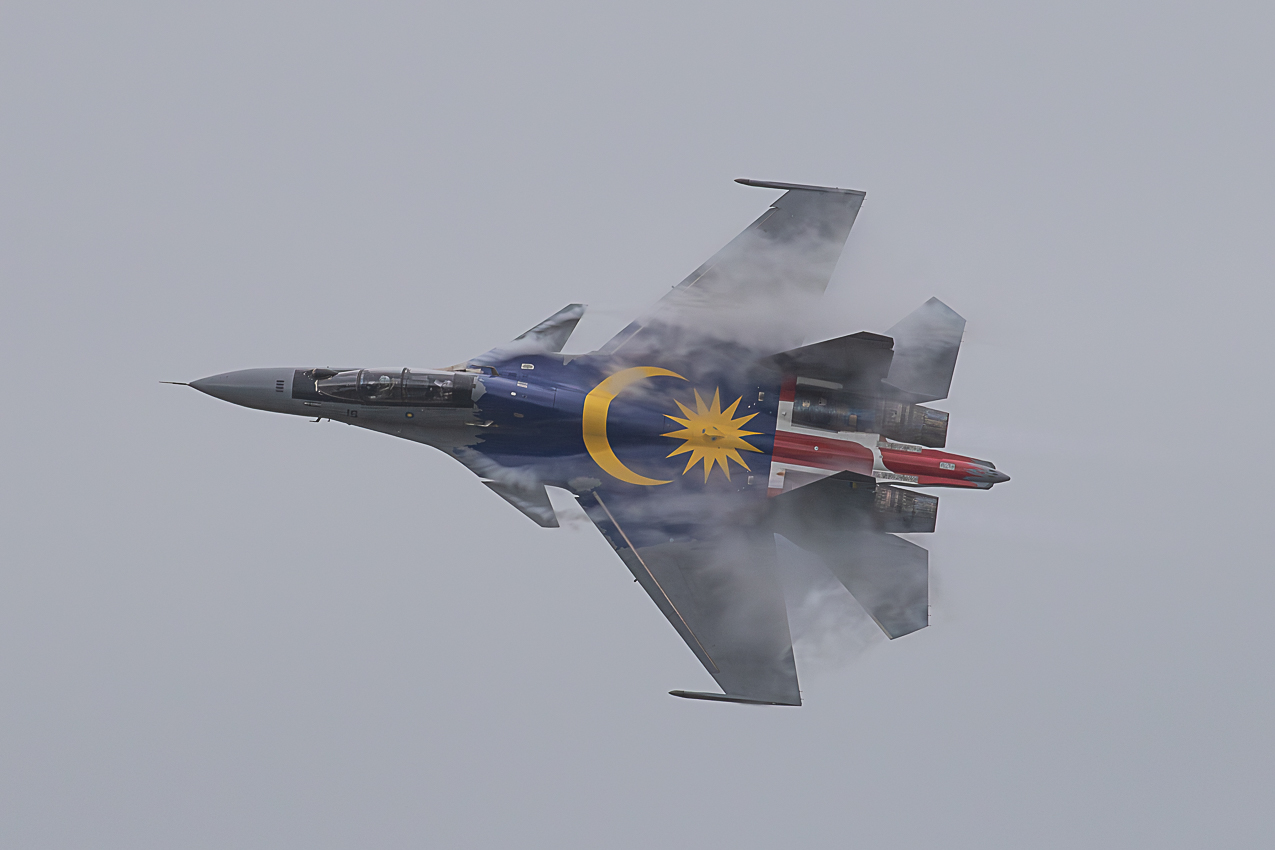
With a program heavily focused on demonstrating the aircraft’s impressive maneuverability, the result of the Sukhoi OKB’s design experience and the thrust vectoring provided by the two Saturn AL-31FPs, the two Malaysian aircraft thrilled the local audience, driven by the exuberant commentary of the speaker who introduced each maneuver, including the now-famous Cobra and the astonishing flat spin, not to mention the constant attitude changes that make it difficult to anticipate the development of each individual turn. One of the two Flankers on display featured a reproduction of the elements of the national flag, Jalur Gemilang (Golden Star in Malay), on its back; Named Toruk Makto, after a protagonist from the film Avatar, an individual capable of riding the mighty leonopteryx (Toruk in the Na’vi language spoken by the movie’s characters), this Flanker represented national pride at LIMA, piloted on the first day of the show by none other than the Chief of Staff of the RMAF, General Mohd Asghar Khan.
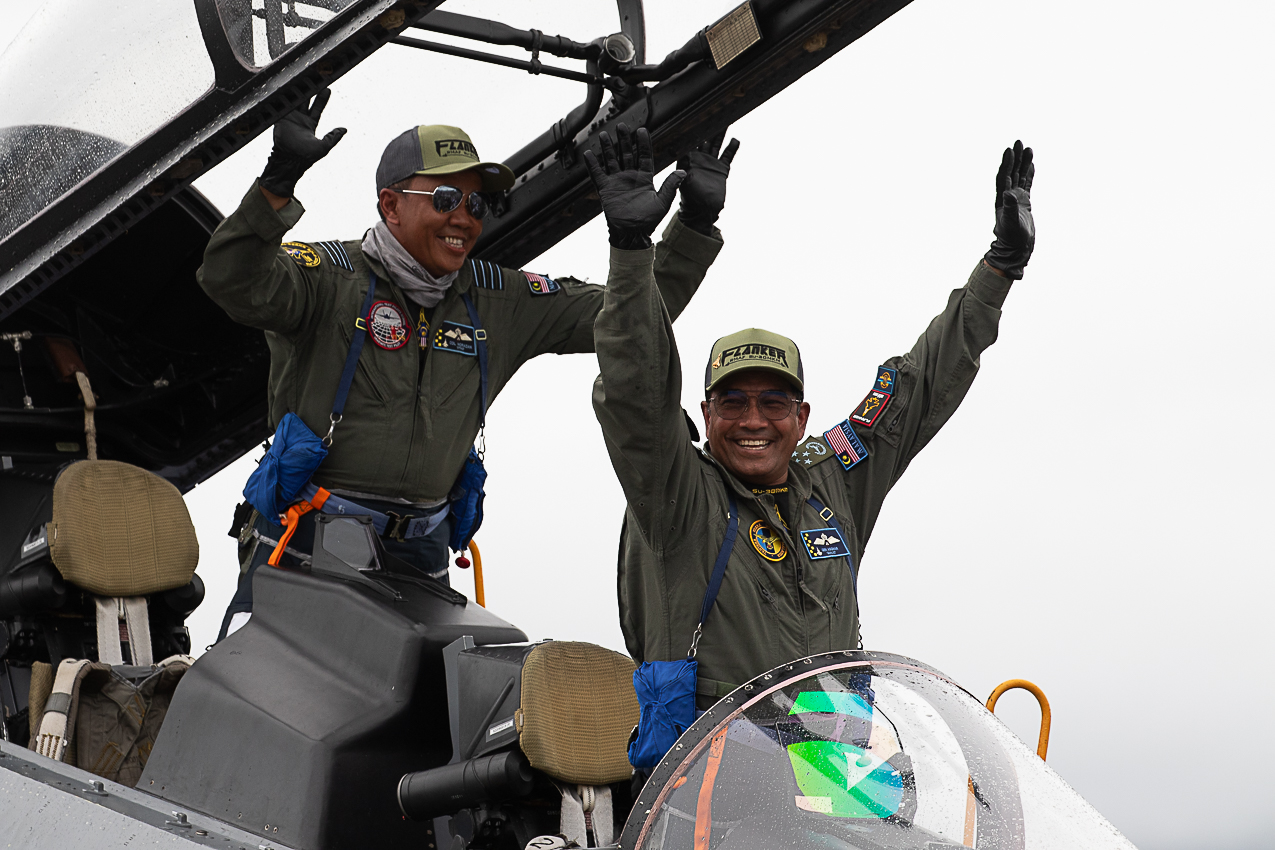
The Flanker’s role during the show was obviously enhanced by the presence of the Russian Knights, which, with their Sukhoi Su-30SMs and Su-35s, entertained the crowd daily. Supporting the patrol’s needs, an Ilyushin IL-76MD was present throughout the show, a transport aircraft of which the new MD90A(E) version, capable of projecting 60 tons of cargo 4,000 km, is naturally the subject of marketing efforts by Rosoboronexport.
The Russian Knights’ display begins with takeoff in two formations of three aircraft each, then immediately regrouping into a single formation. After a series of passes, two aircraft separate from the formation, landing immediately thereafter; the formation of four continues with passes, followed by a further separation and landing of two more aircraft. The two remaining in the air then proceed with maneuvers that showcase the Flanker’s aerodynamic qualities, creating undoubtedly the most enthralling portion of their display. Unfortunately, one of the most well-known features of their program, the coordinated use of flares, was missing; in truth, they used them only once, after takeoff, heading toward the RWL and flying over the naval units anchored at anchor, likely as a form of greeting.

The one that dispensed flares in abundance was the F/A-18D Hornet, nicknamed Pikachu for the yellow lightning bolt on its vertical stabilizers, reminiscent of the most famous Pokémon of all; the livery actually commemorates the model’s 25 years of service with the RMAF. The Hornet’s flight program, while unable to match the Flanker’s performance, was nonetheless very aggressive, with very tight turns that produced numerous compression condensation effects, an effect much loved by photographers. According to several sources, discussions with the Kuwaiti Air Force regarding the sale of 30 F/A-18C/Ds are nearing completion; given the RMAF’s plans to phase out the eight Hornets currently in service by 2035 (followed five years later by the 18 Su-30MKMs), the weight of expectations placed on a successful conclusion of this deal cannot be overlooked.
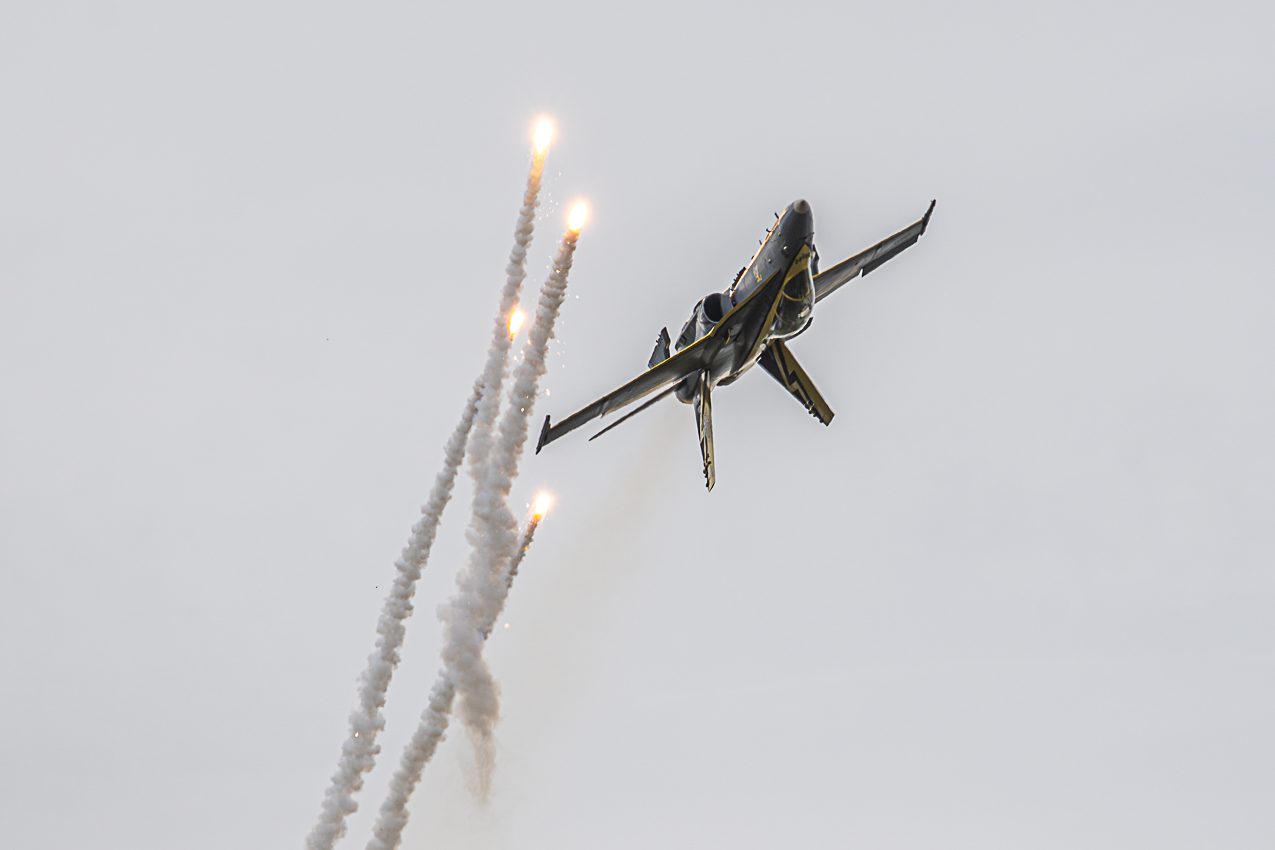
Another aerobatic team present was the Indonesian National Air Force (TNI-AU), the Jupiter Aerobatic Team, equipped with six KT-1B Wongbee turboprop trainers manufactured by South Korea’s KAI. The team, named after the callsign used by Indonesian instructors, has represented their country since 2008 and is based in Yogyakarta. During their daily demonstrations, they performed an aerobatic program modeled after that of several teams equipped with similar aircraft, performed with rigor and professionalism.

The list of aircraft that entertained the audience included two classics of sport aerobatics: a Gamebird GB 1 from the Gliding Academy, piloted by Captain John Sham “Scratchman” (the first Malaysian pilot to perform in this capacity), and an Extra 300L from Aerotree Defence and Services, piloted by Mark Jefferies, a British pilot familiar with airshows around the world. Fun fact: on his personal website, Mark stated that flying in equatorial skies causes some confusion regarding the direction of north and south during aerobatic maneuvers.
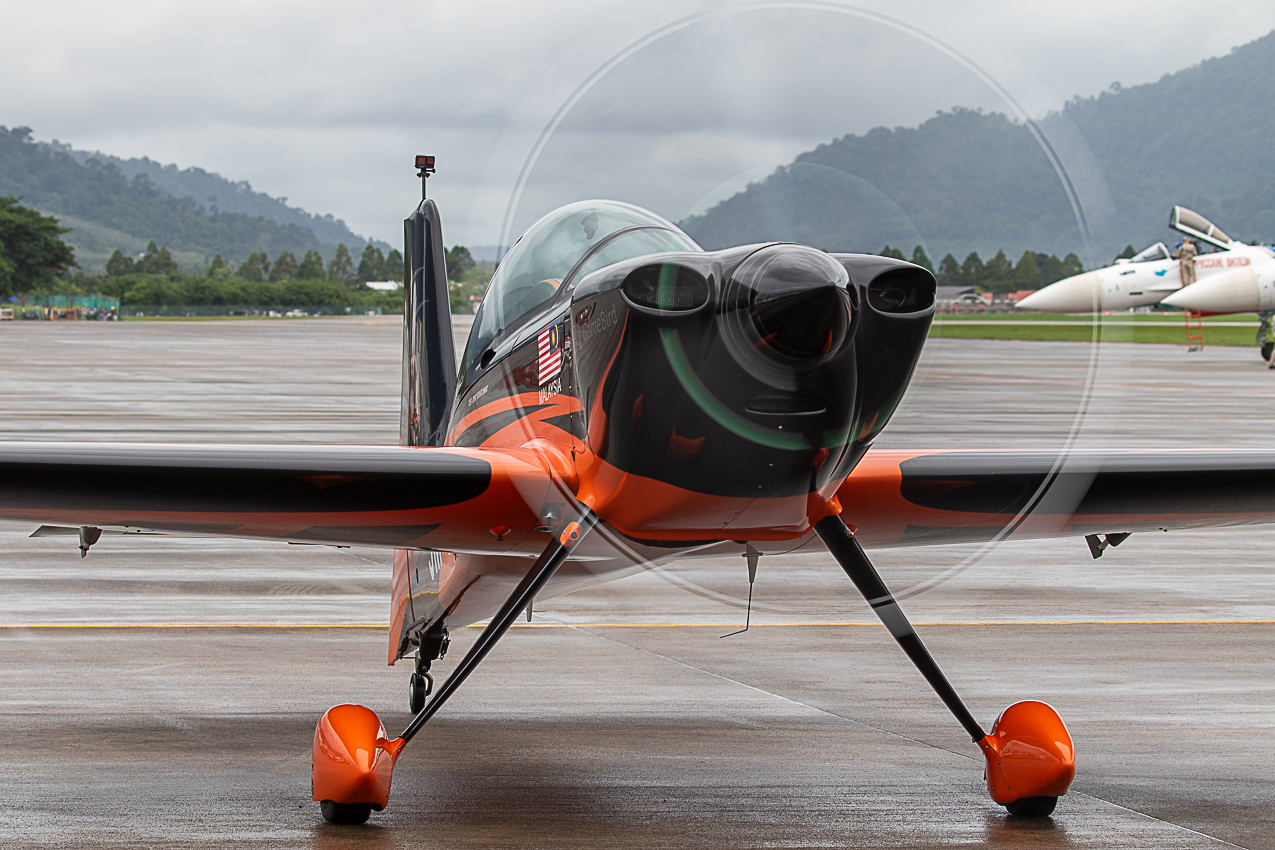
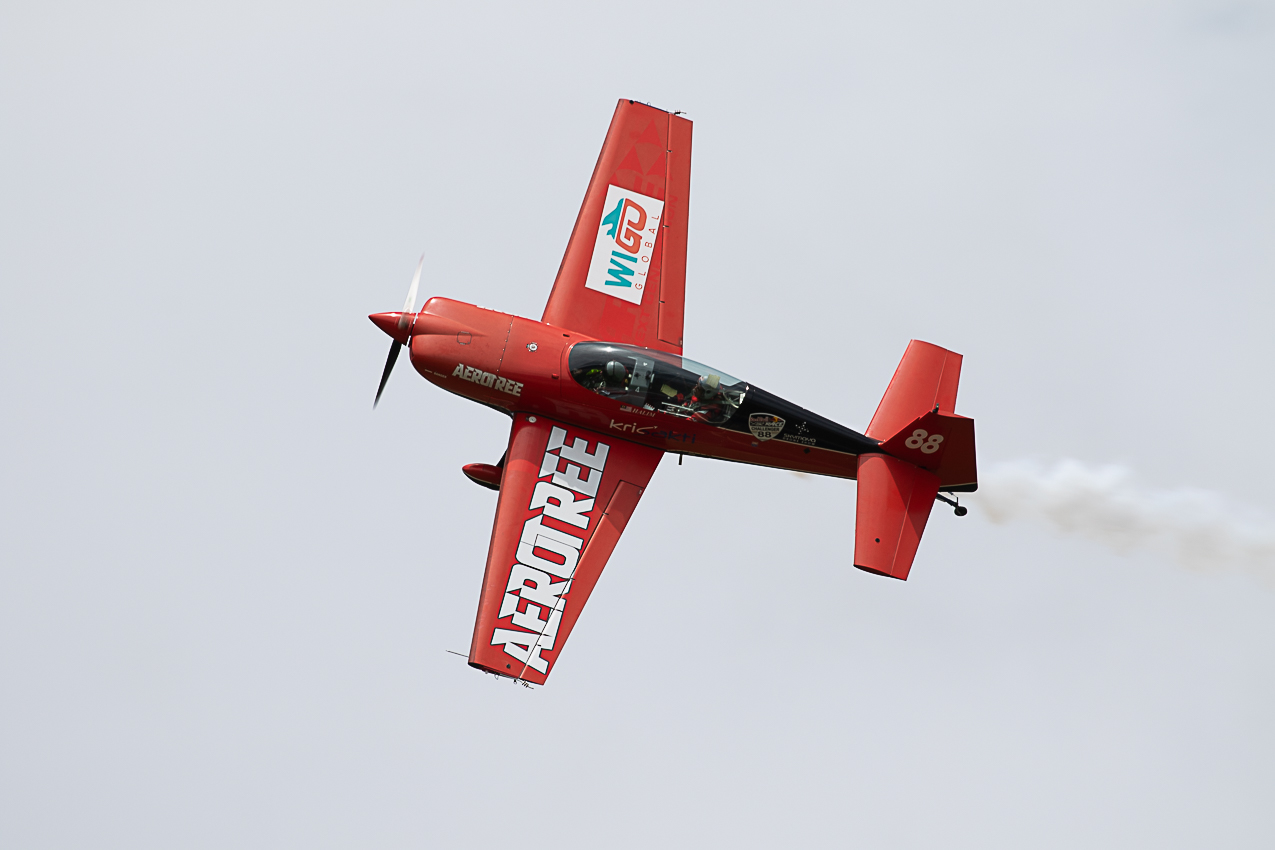
Of course, to all this must be added the civil traffic that lingers at Langwaki Airport, characterized by the presence of regional carriers (Air Asia stands out for its truly surprising assortment of “special colors”) and government carriers—in short, a real boon for spotters accustomed to European and intercontinental traffic.
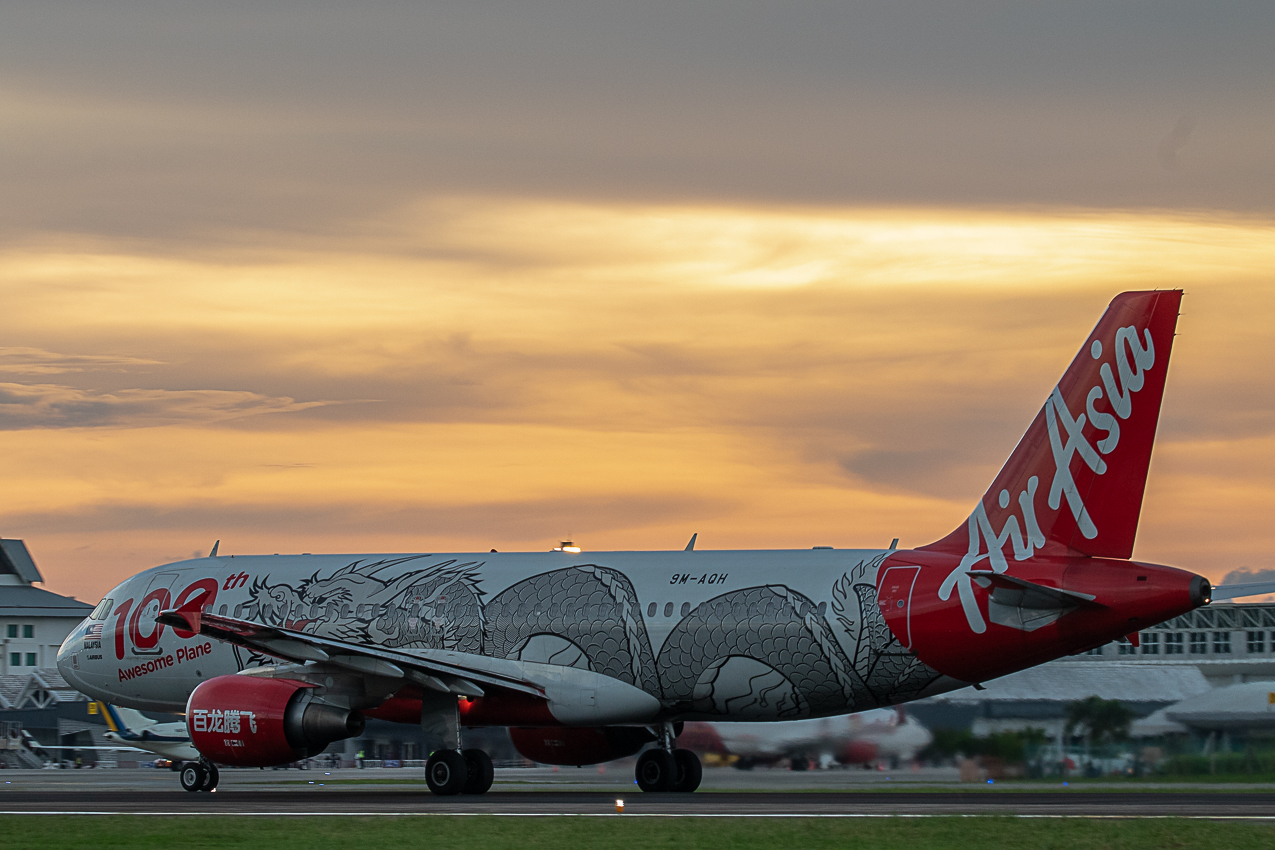
In conclusion, we can say that this edition of LIMA has nevertheless presented several interesting aspects; the region is marked by dynamics and interactions between a giant like China and the other countries in the area, each seeking a balance that allows it to maneuver with a reasonable margin of autonomy and independence, all set against the backdrop of ongoing tensions and challenges among the major international players on a global scale. The wheels for the next edition are already in motion; see you in 2027!
Gabriele was born in Turin, Italy, grew up in Sicily and now lives in Rome. His love for aviation goes back to the days when he was seven years old, he started to collect the ‘History of Aviation’ sold weekly at the nearby newsstand. With that, he realized that his goal was to become a military pilot. This dream met a harsh reality when, during the medical tests, a defect in his chromatic sense of sight was discovered.
His interest in photography arose a few years later, when he bought from a colleague his first single-lens reflex camera, a Pentax ME Super. Then everyday life took its toll; working as an IT analyst, studying for an MD in political science and starting a family left no time for enjoying his old interest for aviation. One day in 2008, he decided to revive the passion, starting again to take pictures of aircraft each time he has a chance. Now, using Canon gear, he is striving to become a photojournalist.
Gabriele can be reached at: [email protected]

